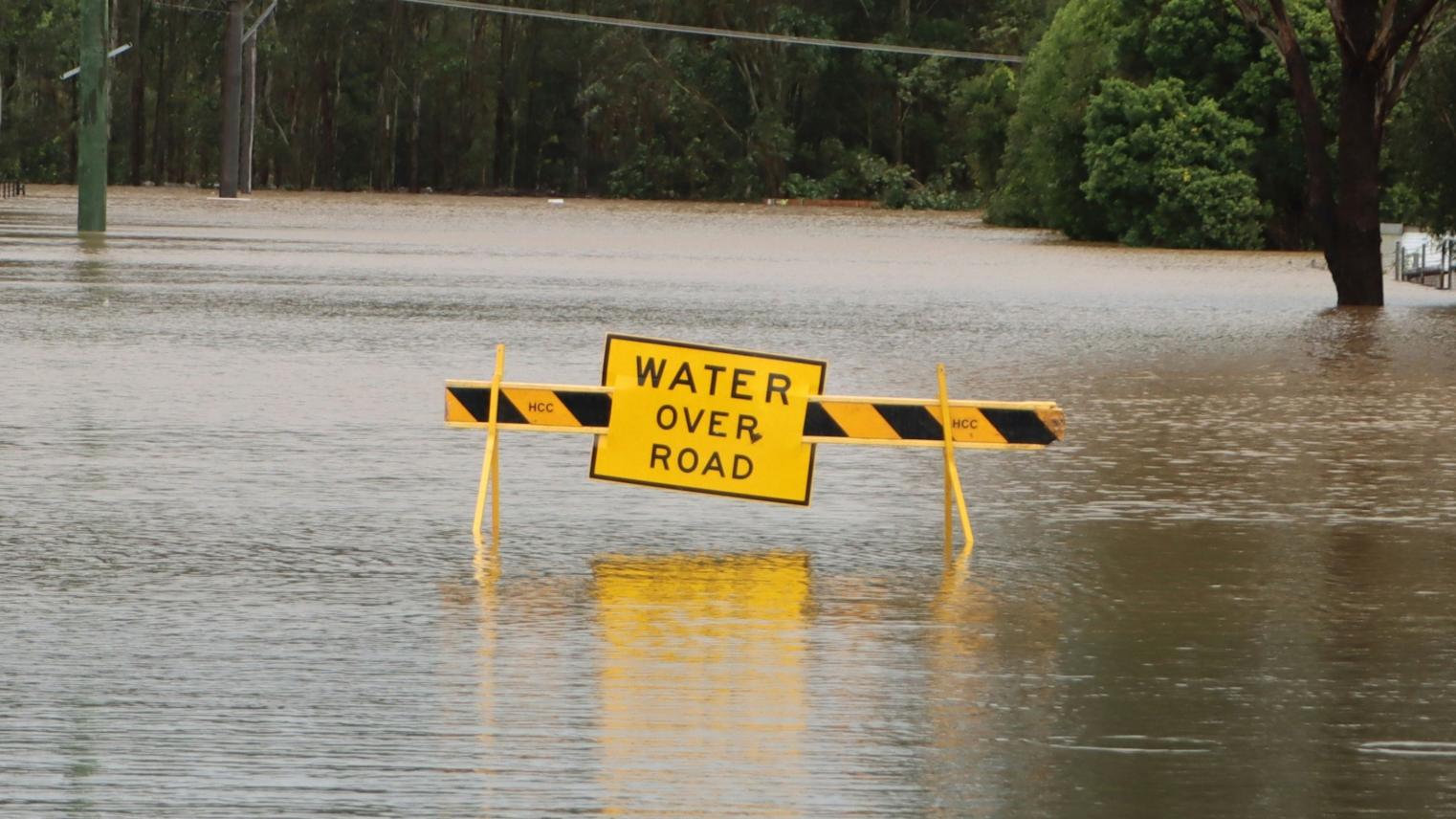A more prepared Australia

Executive summary
In this Occasional Paper, William Leben addresses the importance of preparedness in Australia and the need to reform national disaster response capability. Leben highlights the compounding dimensions of the challenges — from climate change, to geopolitical threats and risks to social cohesion — as well as the corresponding opportunities for reform of traditional security domains, emergency management and democratic resilience.
Climate change and geopolitical instability pose serious threats to Australia’s national resilience. Linked to these threats are growing concerns about the health of our democracy and the cohesion of our communities. The COVID-19 pandemic demonstrated the breadth and depth of responses that can be required at different levels of government in a crisis.
Significant effort, both inside and outside government, has been devoted to considering these threats and our existing strategies to respond. Perhaps most prominently, we have had both the Royal Commission into National Natural Disaster Arrangements and the Defence Strategic Review (DSR).
A recurring theme is the poor optimisation of disaster response capabilities across the federation, including clarity around the role of the Australian Defence Force (ADF). No one doubts that Defence will continue to play a role in disaster response, but there is already in-principle consensus that it should be as a last resort, not a first one. It is also clear that opportunities must be sought to reinvigorate the crucially important volunteer sector, as well as to invest – pre-crises – in long-term resilience.
This paper recommends a series of reforms to optimise disaster response capabilities across the federation, including the (re)establishment of a Green Army program. There is already a consensus that the unglamorous work of optimisation is a central one, and such work needs to be confronted. This paper identifies necessary policy adjustments, along with other areas where reform needs to be considered. This is a policy area beset by interconnections and potential unintended consequences, and reform within it will remain challenging.
Some of the problem framing and recommendations in this work are not neat. That is a large part of the point. These issues break conceptual, bureaucratic and jurisdictional silos and we need to get comfortable with that reality.
This is a companion paper to the NSC Policy Options Paper A more prepared Australia. It is intended to provide broader background discussion and elaborate on further policy recommendations. These papers are based both on extensive research and high-level workshop consultations conducted at NSC in 2023
Key points
- Climate change impacts, geopolitical threats, worries about social cohesion and disengagement from civic life are deeply interlinked challenges facing Australia.
- Existing disaster preparedness and response capabilities are poorly optimised across the federation.
- Policy should recognise the compounding dimensions of these challenges, as well as the corresponding collateral benefits of reform between traditional security domains, emergency management and democratic resilience.
Policy recommendations
- Disaster response capabilities across the federation must be optimised, and this should start with explicit agreement on how capabilities and responsibilities are divided in given scenarios.
- A new Green Army- or AmeriCorps-style program should be established, providing one mechanism with which to reinvigorate civic life and a means of funding resilience-oriented initiatives
About the series
NSC’s Occasional Papers comprise peer-reviewed research and analysis concerning national security issues at the forefront of academic and policy inquiry. They are designed to stimulate public discourse and inform policy solutions. The author thanks the many colleagues consulted for this project but remains solely responsible for the views expressed and any errors contained therein.

